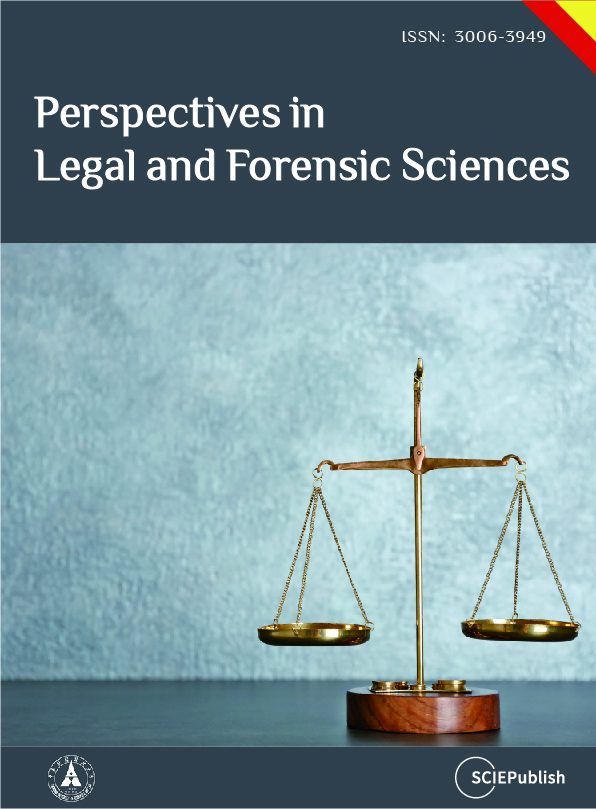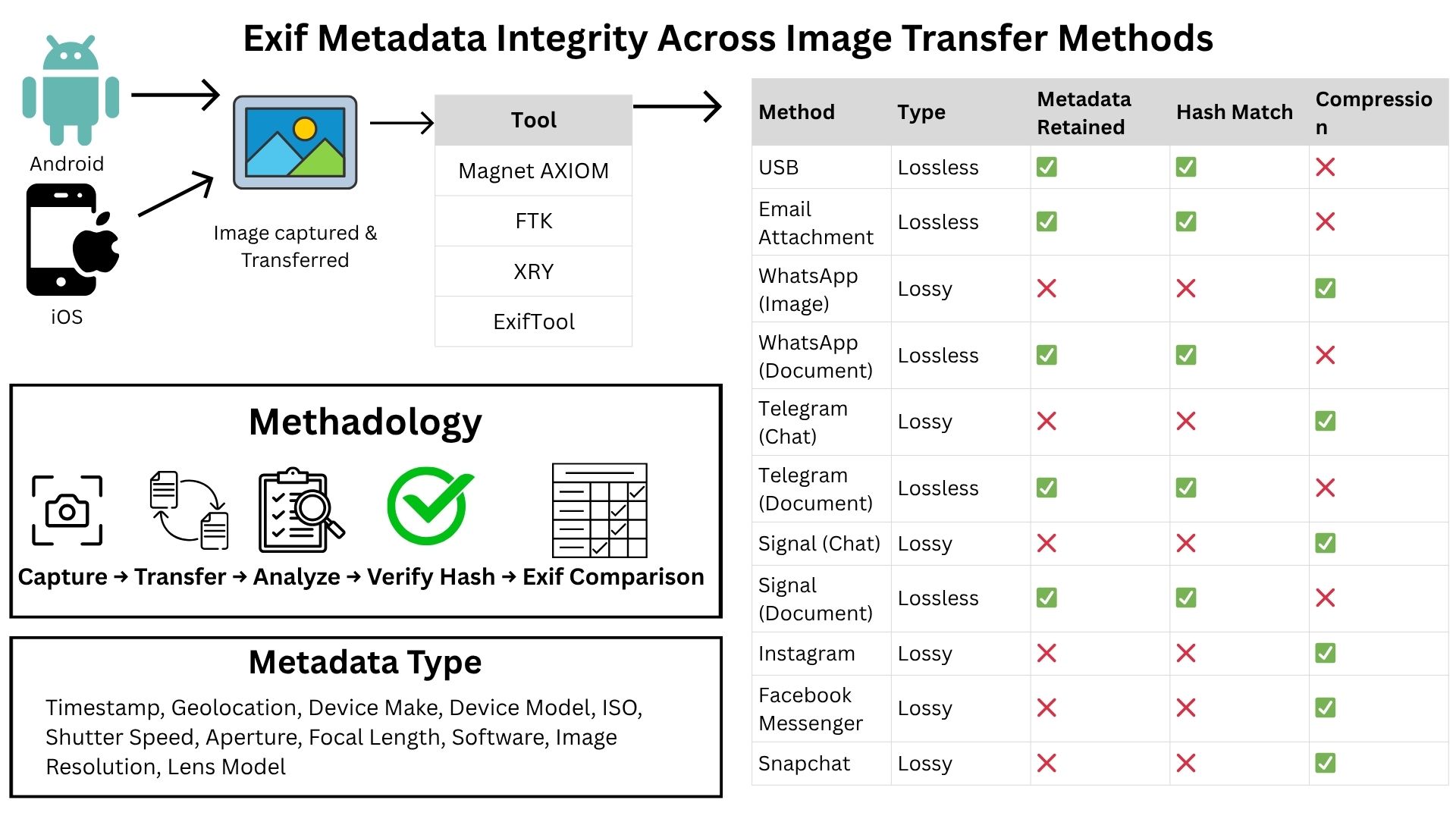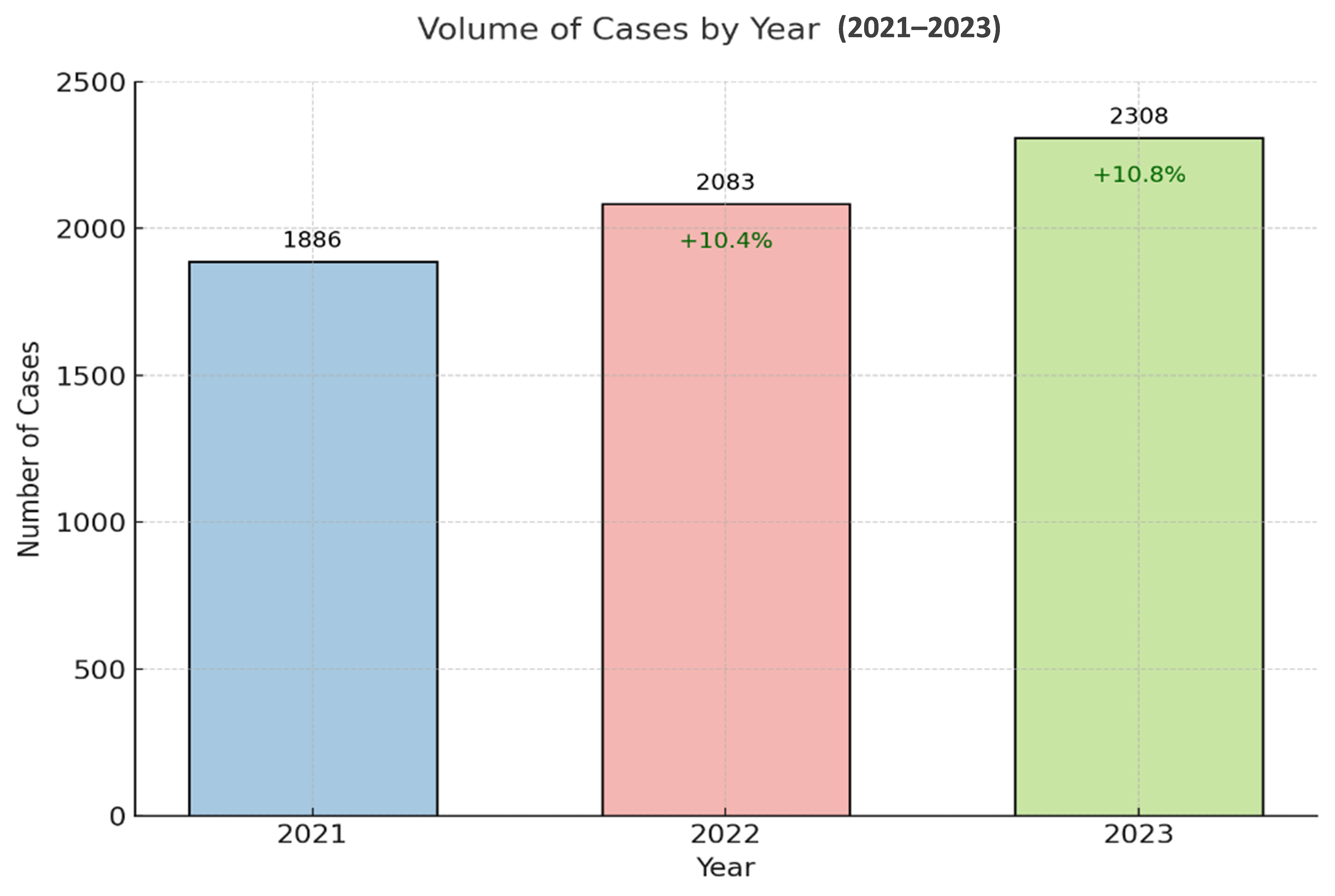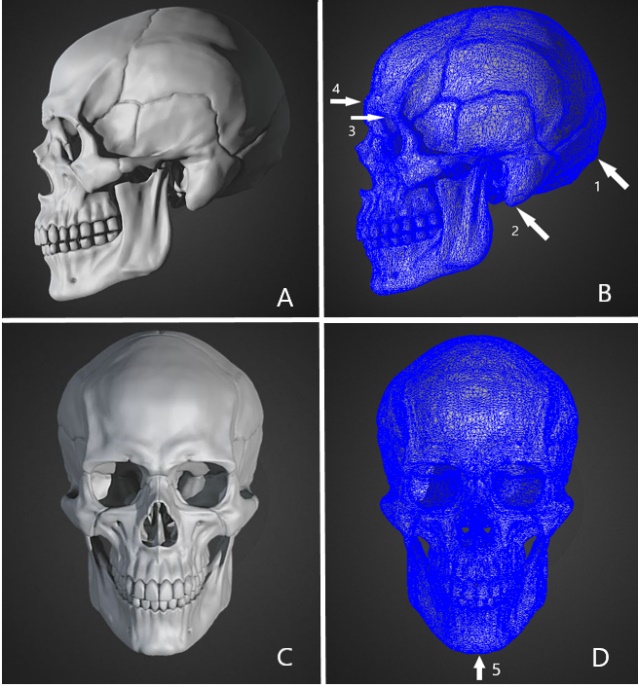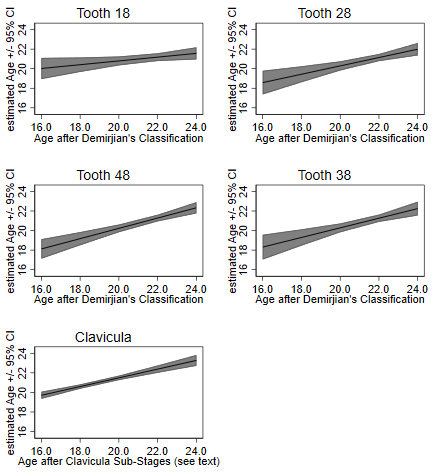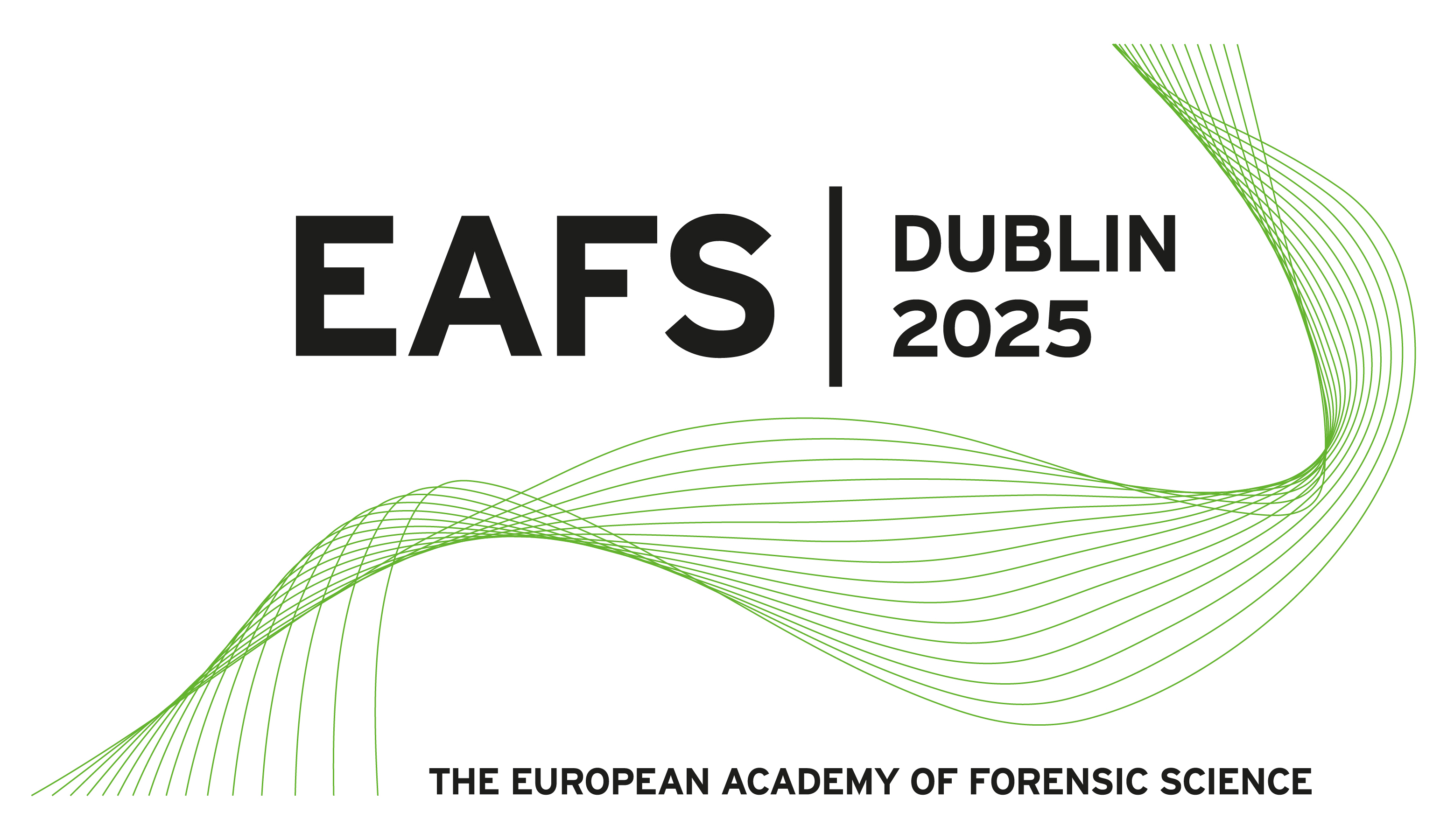Perspectives in Legal and Forensic Sciences
 Open Access
Open Access
ISSN: 3006-3949 (Online)
3006-3930 (Print)
The Perspectives in Legal and Forensic Sciences (PLFS) is the official publication of Zhongnan University of Economics and Law, published biannually online by SCIEPublish. It is dedicated to publishing advanced research on interdisciplinary of legal and forensic sciences, such as anthropology, criminalistics, digital and multimedia sciences, biology, chemistry, and psychology. View full Aims&Scope
